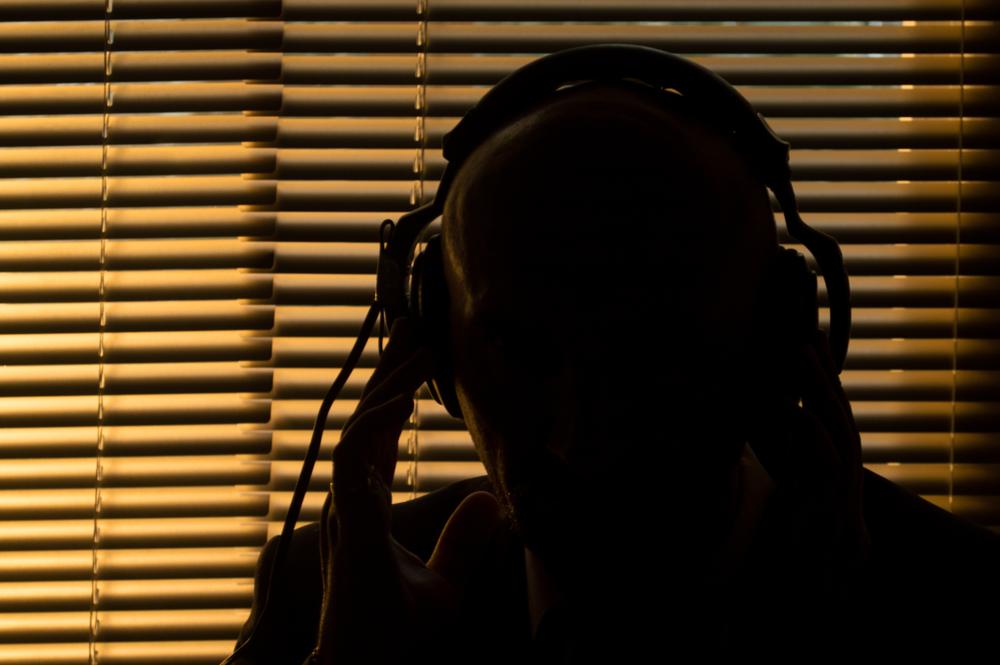When Miller Reese Hutchison created the first hearing aid called the Akoulathon, he relied on the General Acoustics Company, run by Kelly Monroe Turner, to manufacture them. The Akoulathon was later named the Acousticon, which influenced Turner’s creation of the Metrophone, a highly sensitive microphone.
After years of studying the latest sound technology, Turner (1859–1927) not only designed the Metrophone, but he also built his own telephone systems, which were primarily installed in Britain. Though his telephones were very successful, Turner is more known for his 1907 invention and patent of the dictograph, a listening device that amplified sound from relatively far distances or spaces separated by walls. The dictograph was composed more or less of three pieces: a transmitter with the Metrophone as its centerpiece, an earpiece, and a dry battery cell.






